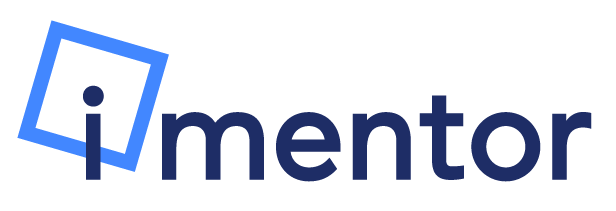iMentor uses the following criteria to gauge readiness and suitability of organizations to enter a formal 2.5 year, renewable partnership with iMentor and join the growing network of iMentor Partner Programs.
Mission Alignment
Prospective partner clearly articulates synergy between its own long-term vision and goals and iMentor’s mission to empower students from low-income communities to graduate high school and succeed in college. The organization demonstrates that:
- iMentor’s model, with its focus on college success, is a core strategy to achieve its mission and desired outcomes for youth.
- It has a thoughtful transition plan to adopt iMentor’s program model if it requires a shift in mission or program services.
Program Quality
Prospective partner has a history of successfully implementing and managing high-quality youth-serving programs.
Leadership and Staff Commitment
Senior leadership and key staff responsible for program management express strong buy-in for the partnership and cooperatively develop a strategy to launch and implement the full iMentor model.
Capacity
With the understanding that iMentor provides comprehensive launch support, the prospective partner demonstrates the following foundational building blocks to launch the program successfully:
- School partnerships: Organization develops and begins to implement plan to identify potential leads for school partnerships using iMentor’s guidelines for school partner vetting and selection. Learn more about selecting school partners.
- Mentor pipeline: Organization identifies pipeline(s), relationships likely to initially yield at least 100 college-graduate mentors. Learn more about mentor pipelines.
- Program Management: Organization agrees to hire dedicated support specialists, called Program Coordinators, solely focused on supporting up to 100 pair relationships in the program.
- Funding: Organization develops a clear and realistic plan to allocate resources and secure funds for the planning period and first two years of program implementation.
Sustainability
Through its school partnership selection, mentor pipeline prospects, staffing plans and fundraising strategy, the organization anticipates and plans for the growth built into iMentor’s program model beyond the first year of implementation.
Additional Considerations
Selecting School Partnerships
Because selecting the right school partner is critical to program success, iMentor provides guidance and structure every step of the way including criteria to consider when vetting schools, presentation materials, and resources to drive the in-depth conversations when finalizing the program details with the school. iMentor’s involvement in the school selection process is a key component of effective partnership support, so while applicants are encouraged to have preliminary conversations and generate ideas for potential school partners, please note that iMentor will be involved in the school selection process with you to ensure that both the relationship and program are set up for success from the start.
Student Cohort and Mentor Pipeline Launch Size and Growth Projection
The iMentor program model assumes that during the first year of program implementation, each local partner will serve a whole cohort of students, the size of which will depend on the structure and size of the school partner. The iMentor program encompasses a whole-school model which aims to serve the entire grade as the “cohort” whenever possible. The number of students served then doubles in the second year of the program as the first cohort continues on to the next grade, and a new cohort of students is matched with mentors. For example, if the program begins by serving 100 students in the 9th grade, and enrolls a similar-sized cohort each year, the program would grow to serve 400 students by the 4th year of the program when the original students are in the 12th grade. Because each student is paired with a mentor, the size of the mentor pipeline grows in tandem.

